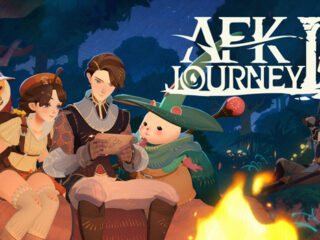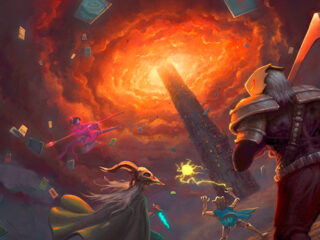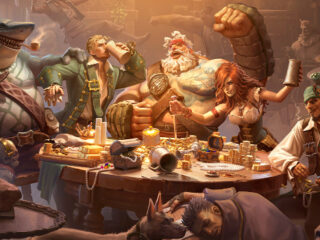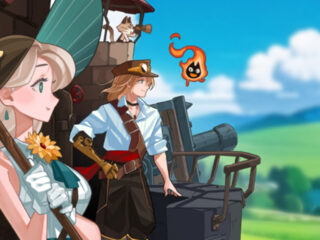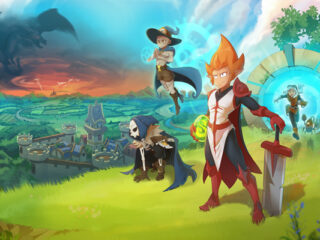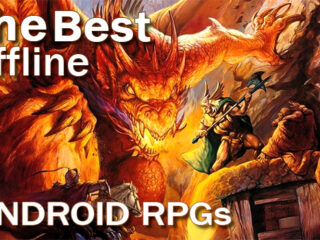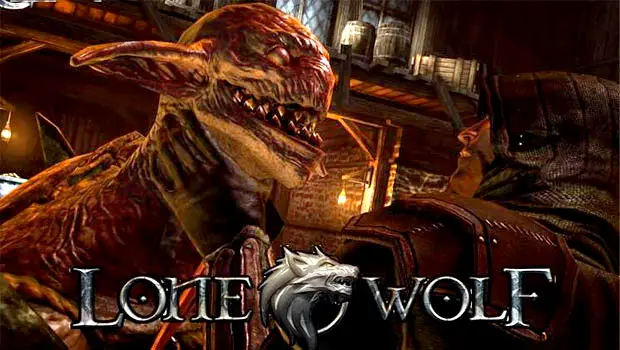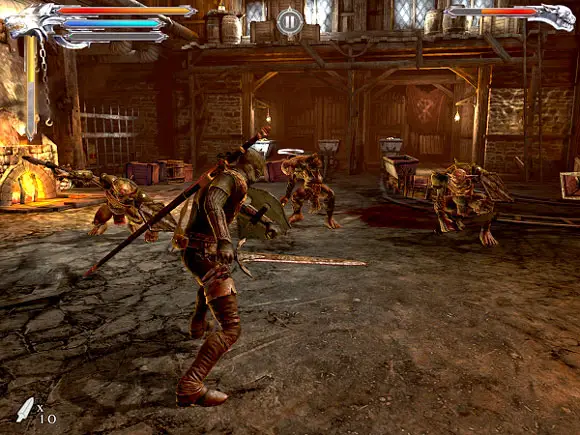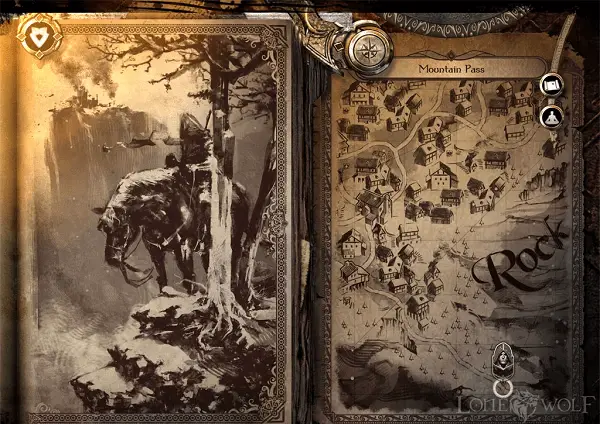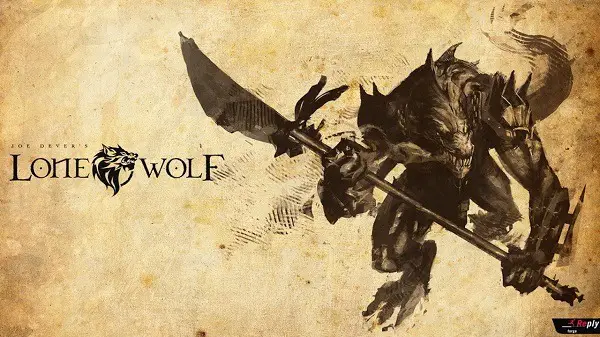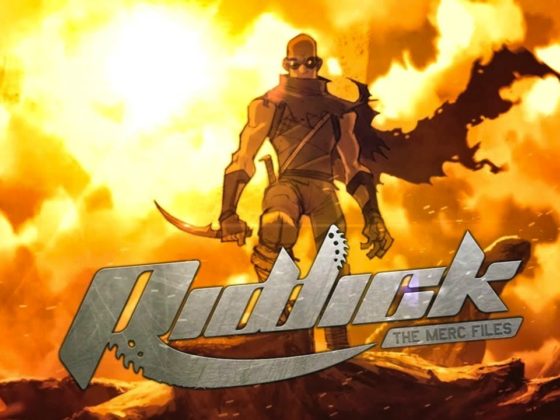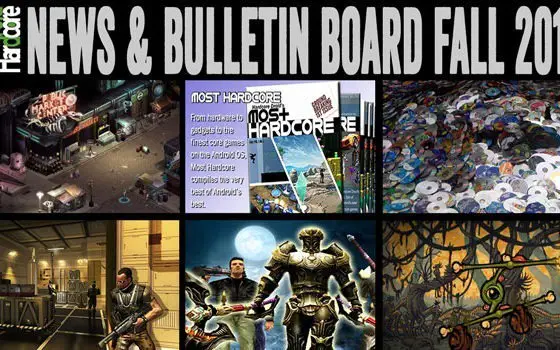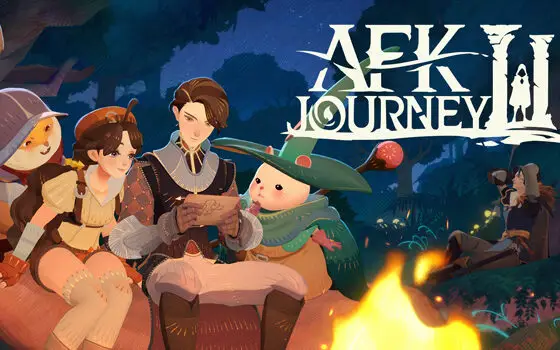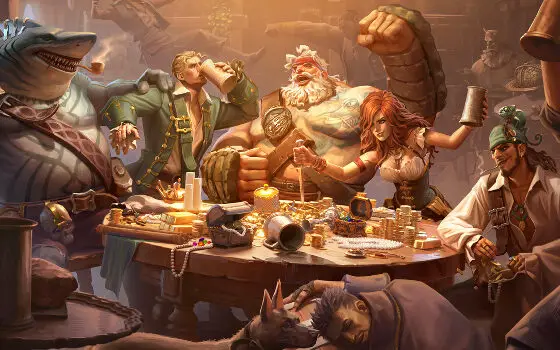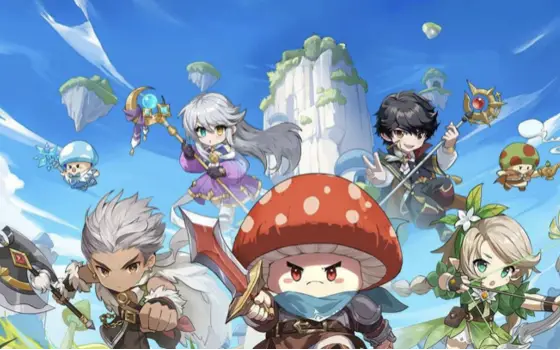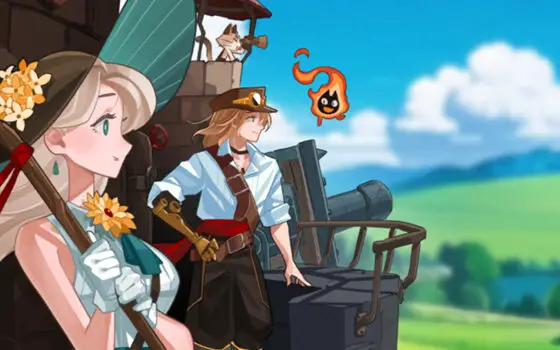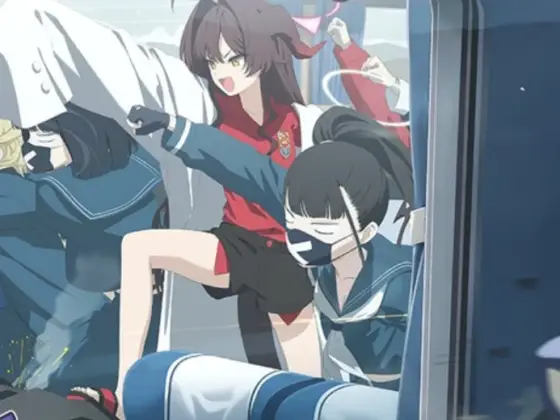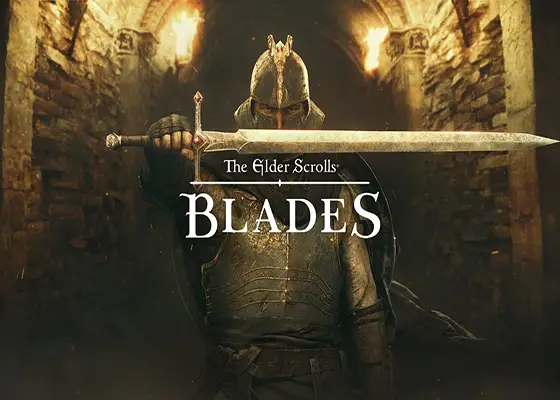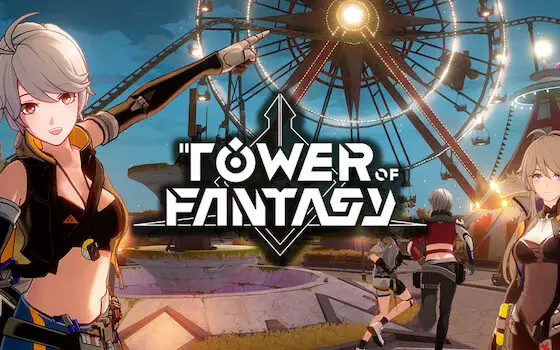It’s a bit difficult to talk about the gamebook Lone Wolf because, to be perfectly honest, Lone Wolf isn’t like many other games. That isn’t to say its unrecognizable – in fact, many of the game’s features are borrowed from popular genres. What sets Lone Wolf apart is how it combines various elements to create an entirely novel gaming experience.
Joe Dever’s Lone Wolf is a choose-your-own-adventure RPG gamebook complete with QTEs, Final Fantasy-style turn-based combat, and minigames. Quite a mouthful, isn’t it? At first it seems like some sort of Frankenstein monster cobbled together from the dying body parts of a dozen different genres, but after playing the game I found that the disparate elements work together quite nicely. For Lone Wolf, it truly is the case that the whole is greater than the sum of its parts.
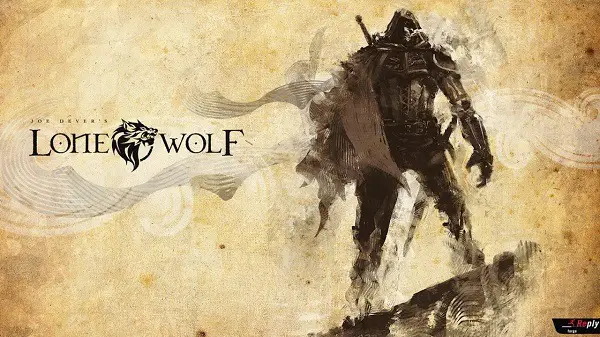
I can tell you right now that you’ll probably be disappointed if you boot up Lone Wolf with the expectation of playing a video game, because Lone Wolf isn’t really a video game — it’s is a story first and a video game second. All of the video game elements (QTEs, minigames, combat interludes) serve to enhance and support the central story. Did you ever read one of those choose-your-own-adventure books as a child? It’s exactly like that, except instead of “Skip to page 23,” there will be a little minigame to determine whether or not you pick the lock on a door, or there will be a travel map that lets you decide where to go next.
The story isn’t exactly groundbreaking as far as fantasy RPGs go. You play as Lone Wolf, a grizzled war veteran and sole survivor of an order of elite warriors. You rush off with your magic sword to save an imperiled village from giaks, which are basically this universe’s version of orcs/goblins/tribal monsters that pillage towns and explode into juicy chunks of XP and loot.
The triump h of Lone Wolf isn’t in the plot (we’ve heard stories just like this one a thousand times before), but in how beautifully the developers use the digital medium to convey the story to the reader. First of all, Lone Wolf truly does capture the feeling of reading a weathered tome. You physically turn pages by dragging the corner to advance the story, and the game’s animated pictures look as though they were freshly drawn with quill and ink.
The story itself is somber and gritty, and the accompanying melancholy music beautifully sets the mood. You’ll occasionally encounter breaks in the story as it presents you with tough decisions. Do you navigate the treacherous rocks on foot, or do you charge ahead to save the villages? Do you hide in the shadows to avoid a band of giaks, or do jump out to surprise them?
It’s hard to understate the importance of these decisions. One of the first things you’ll notice is how much your earlier decisions will affect the story. Selecting one option might reward you with items, while selecting another could penalize you by draining health. More importantly, some options will be unavailable because you didn’t pick a certain skill, leaving you to wonder what might have happened if you’d built a different character.
There’s good news and bad news: you might have a chance to find out! Combat in Lone Wolf is so unforgiving that you may find yourself restarting with a new character within the first hour. Lone Wolf isn’t your run-of-the-mill turn-based game where you can reliably cruise through combat simply by selecting “Attack” every time. Missing a QTE could easily make the difference between looting a corpse and becoming a corpse. Fortunately, the developers compensated with a robust death menu. You can restart the fight, start over from the last checkpoint, or retry the fight at a lower difficulty for worse rewards. And since the most hardcore gamers out there refuse to stoop to a lower difficulty, some of you will inevitably have to start a new game because you didn’t happen to pick the correct magical combination of combat-capable attributes.
To make combat even more complicated, the game doesn’t fully explain how your decisions at character creation affect your capabilities in combat, and you level up automatically based on the choices you make during the story. Do you want to pump strength? Too bad! You chose to use your shrewd intellect to save a villager a chapter ago, so you’re stuck with +1 intelligence. Of course, whether this is a flaw or a feature depends entirely on the player. Some gamers will undoubtedly be annoyed by the lack of transparency, while others will be delighted by the emphasis on chance and mystery.
The game also has some pacing issues with the loading screens. Transitioning from book to combat, and then back to the book can take a while. A few times I found myself going back to reread what had happened before the fight.
Navigating the various menus (which I found a tad unintuitive) breaks the immersion because you have to wait several seconds for the animations and the clink-clank of gears. For some reason that I don’t quite understand, your inventory is powered by clockwork gears. Why put gears in a magical book? More importantly, why give the game a steampunk vibe when it’s more towards the high fantasy end of the spectrum with magic swords and spells?
Overall, Lone Wolf definitely has a lot going for it. The writing is solid and the developers expertly utilized the gamebook medium. It has a few noticeable flaws, but don’t let it scare you away from this innovative title – the engaging story, clever game mechanics, and beautiful art direction more than make up for it… just don’t lose any fights!
Is it Hardcore?
A must read.
The combat is unforgiving and story is familiar, but the sense of immersion and innovative gameplay more than make up for it.


